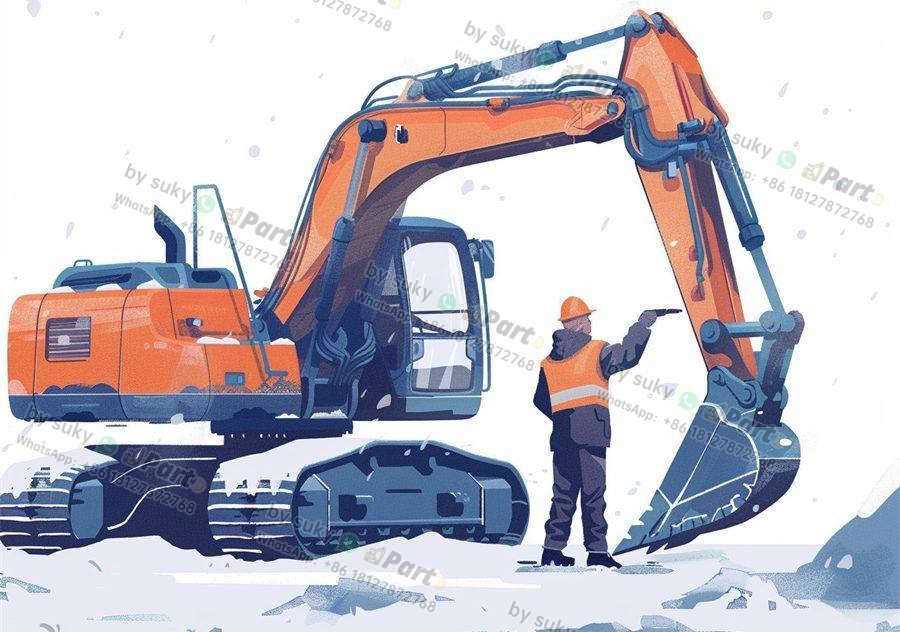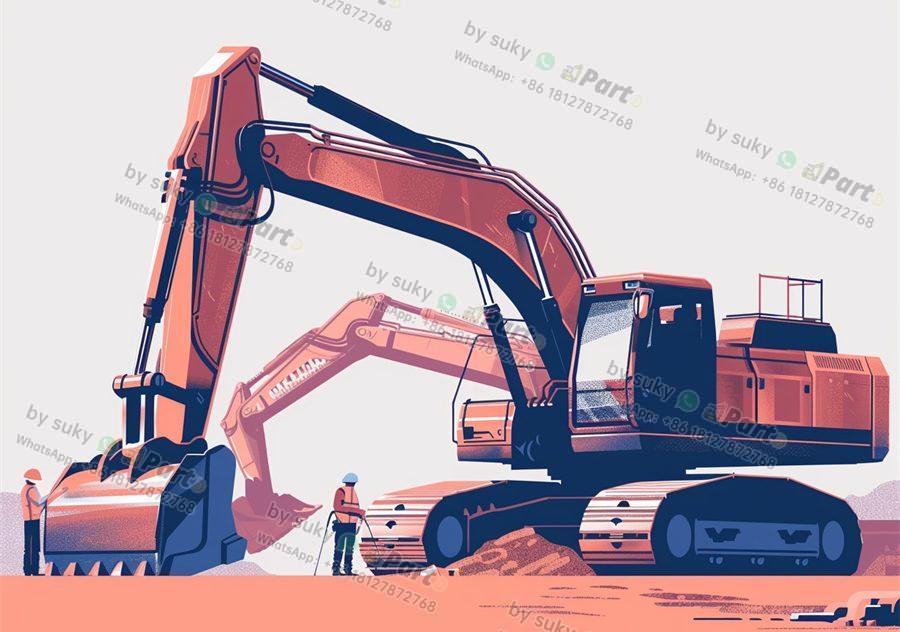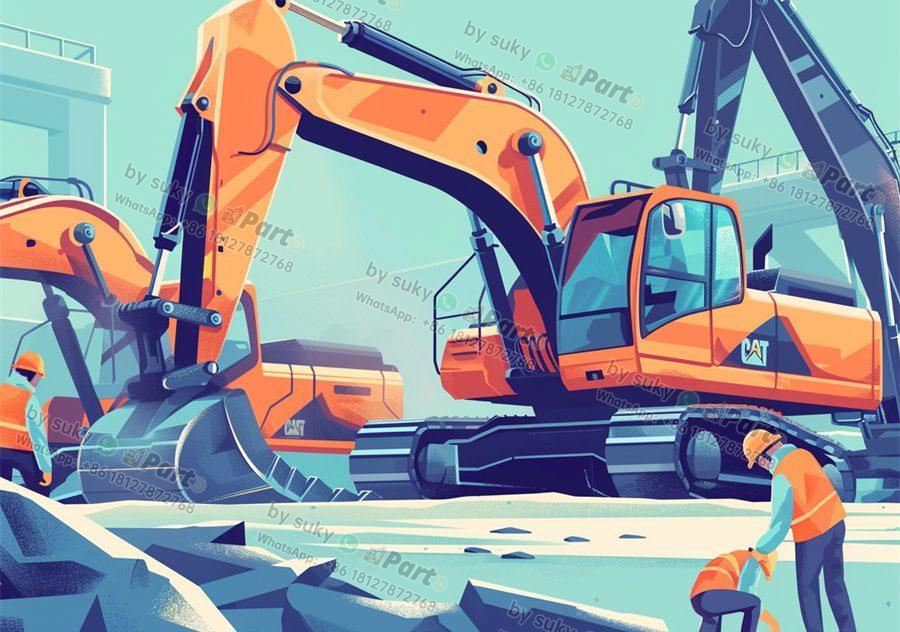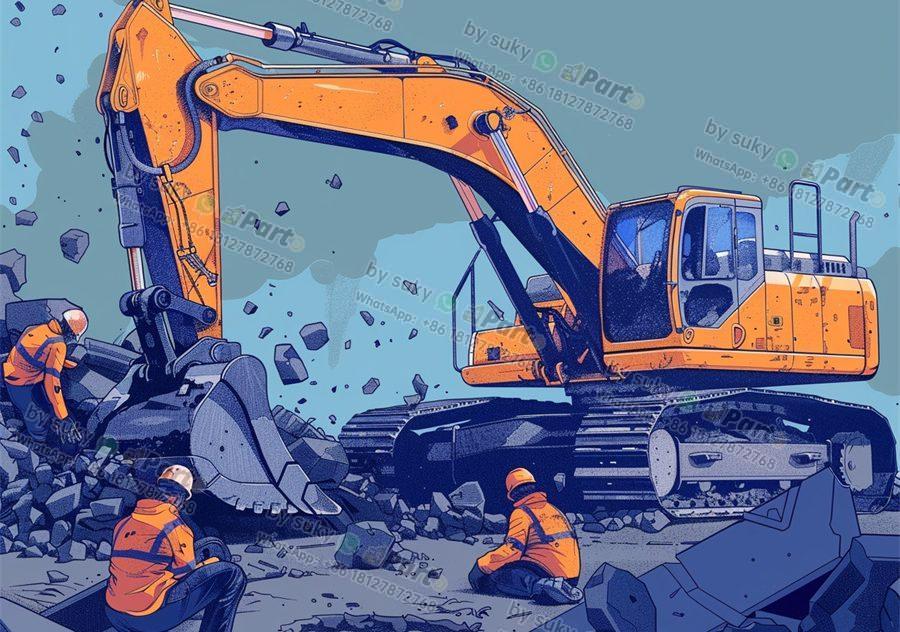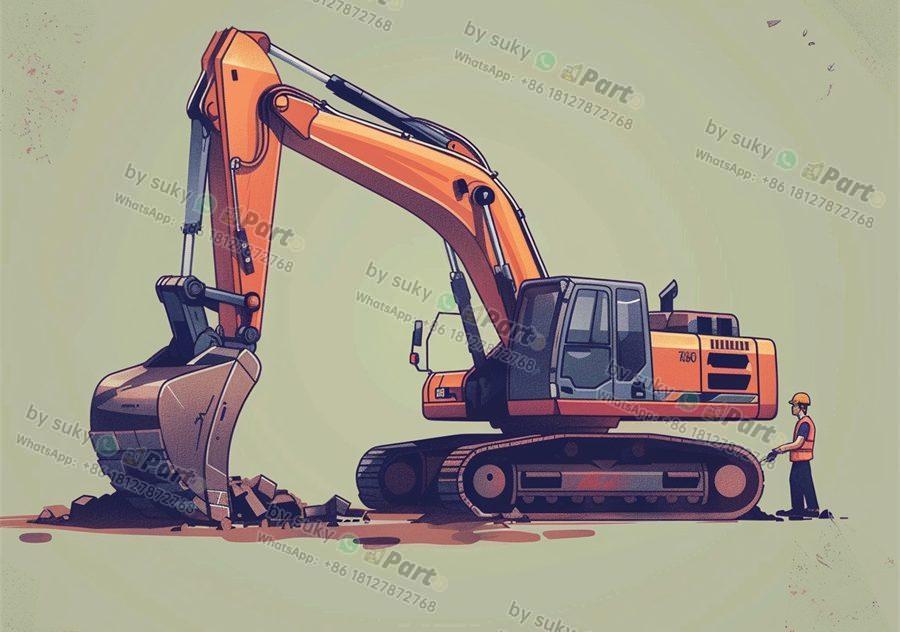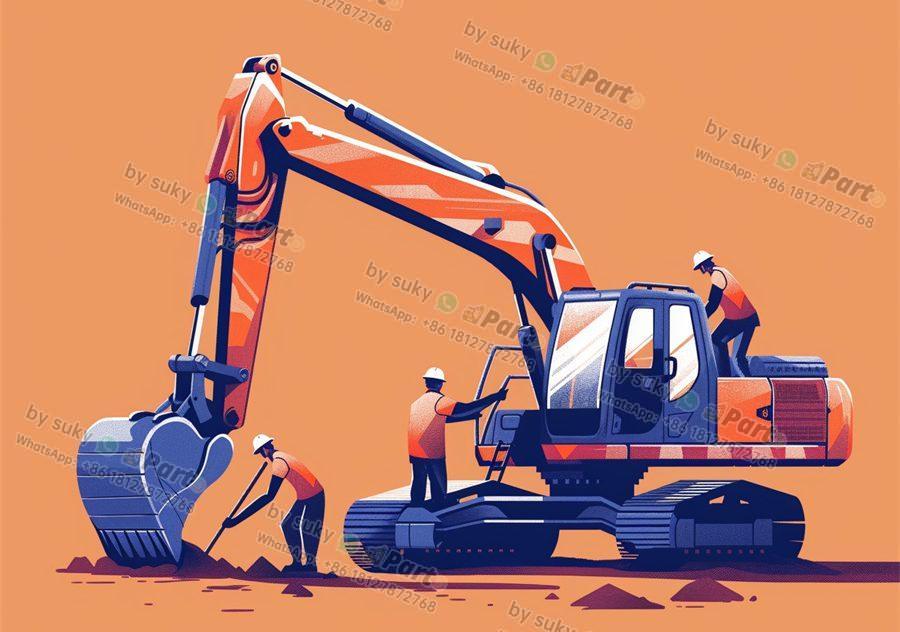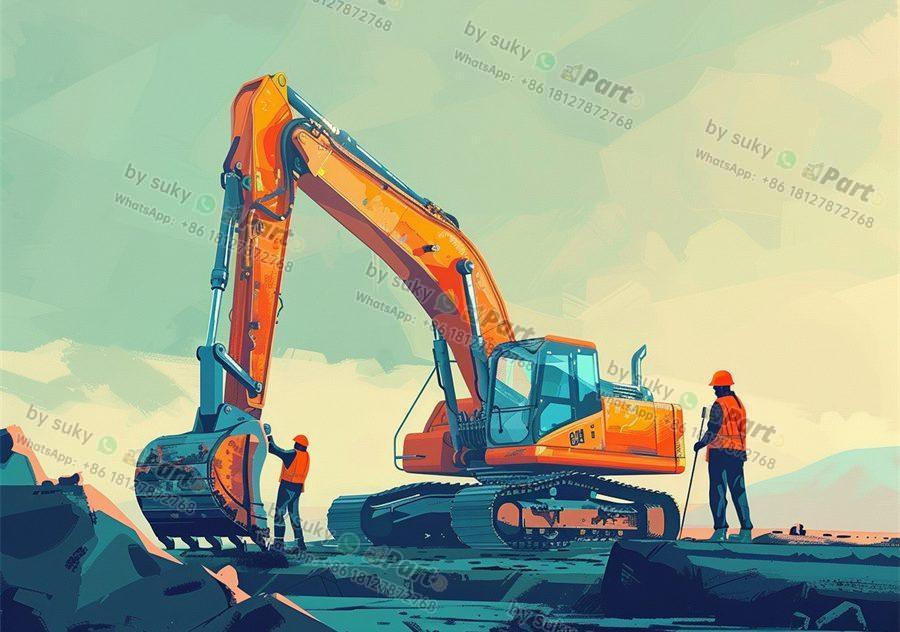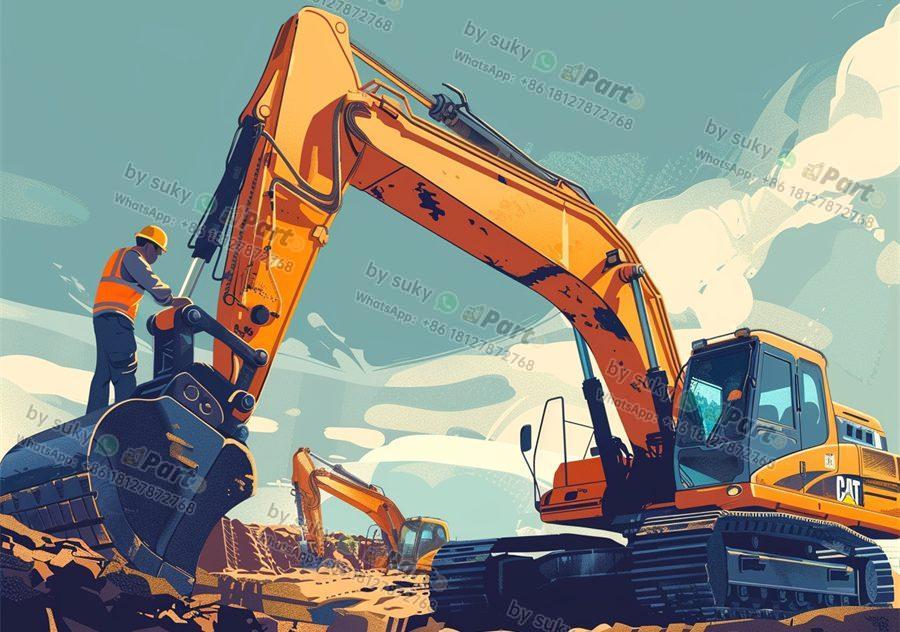If you are an importer or distributor of engineering vehicle parts, it is important to know how to remove the injector pump from a Caterpillar D5G crawler. Here is a step-by-step guide on how to do it.
1. Preparation
Before starting the removal process, make sure the engine is turned off and has cooled down. It is also recommended to disconnect the battery to prevent any accidents. Additionally, gather the necessary tools such as wrenches, sockets, and a socket wrench set.
2. Removal of Injector Pump
To remove the injector pump, first locate it on the engine. It is typically located near the fuel filter. Use a wrench to loosen the bolts holding the injector pump in place. Once the bolts are removed, carefully pull the pump out of the engine. Be mindful of any fuel spillage and have a container ready to catch any excess fuel.
3. Inspection and Replacement
After removing the injector pump, inspect it for any signs of wear or damage. If the pump is damaged, it is recommended to replace it with a new one to ensure optimal performance of the Caterpillar D5G crawler. Make sure to properly install the new injector pump by following the manufacturer’s guidelines.
4. Reassembly
Once the new injector pump is installed, reassemble the engine components in the reverse order of removal. Make sure all bolts are securely tightened and double-check all connections before starting the engine. It is also advisable to check for any fuel leaks before operating the Caterpillar D5G crawler.
In conclusion, knowing how to remove the injector pump from a Caterpillar D5G crawler is essential for importer and distributor of engineering vehicle parts. By following the steps outlined in this guide, you can successfully remove and replace the injector pump to ensure the smooth operation of the Caterpillar D5G crawler.

